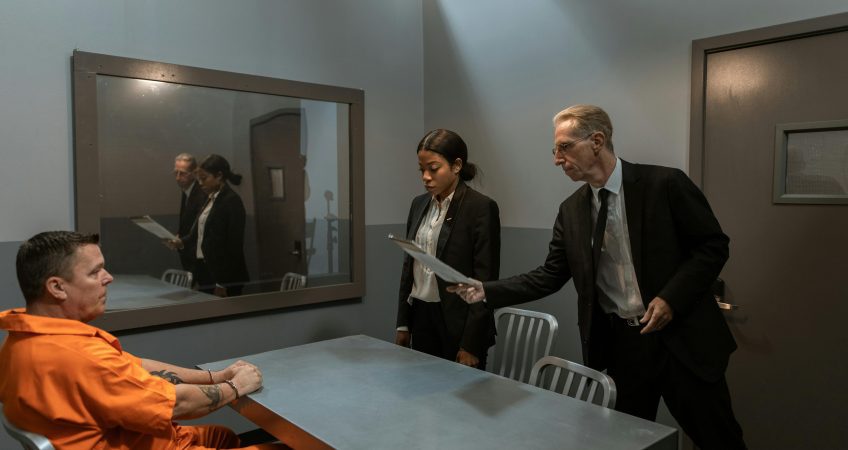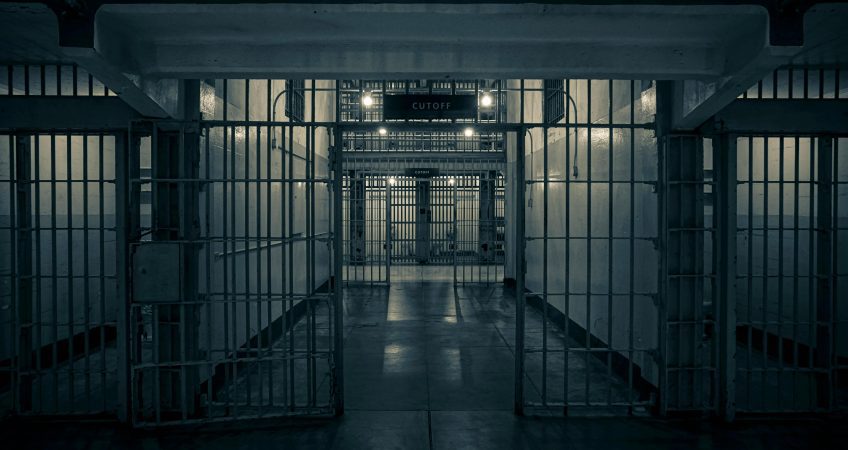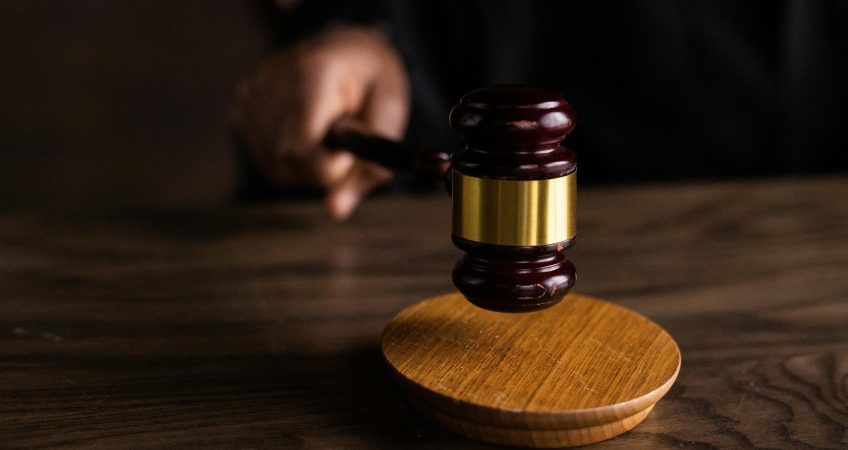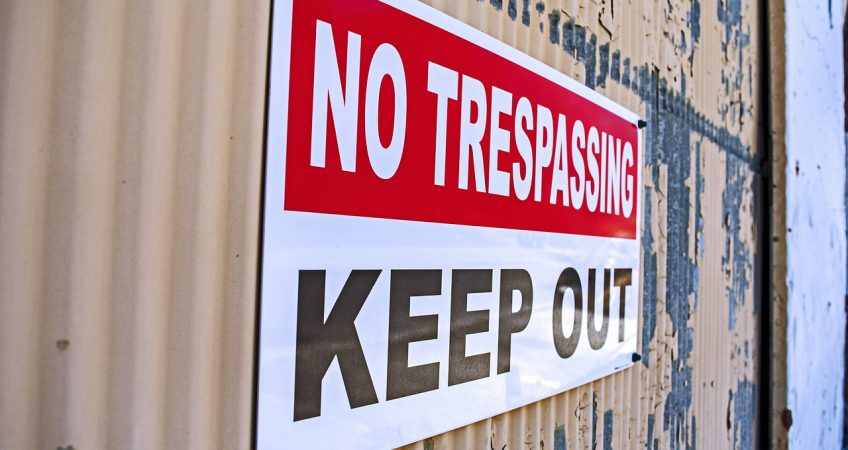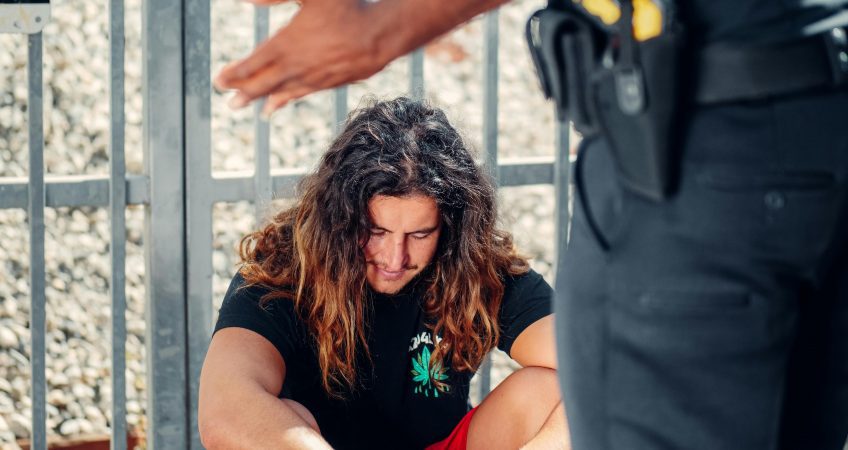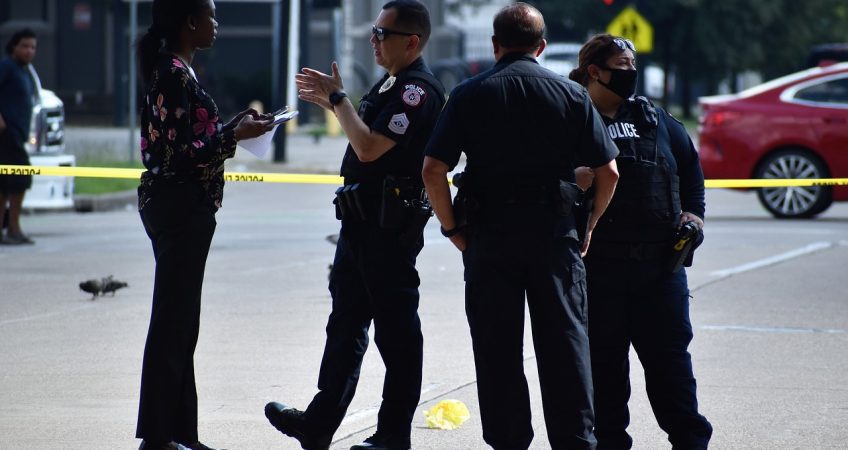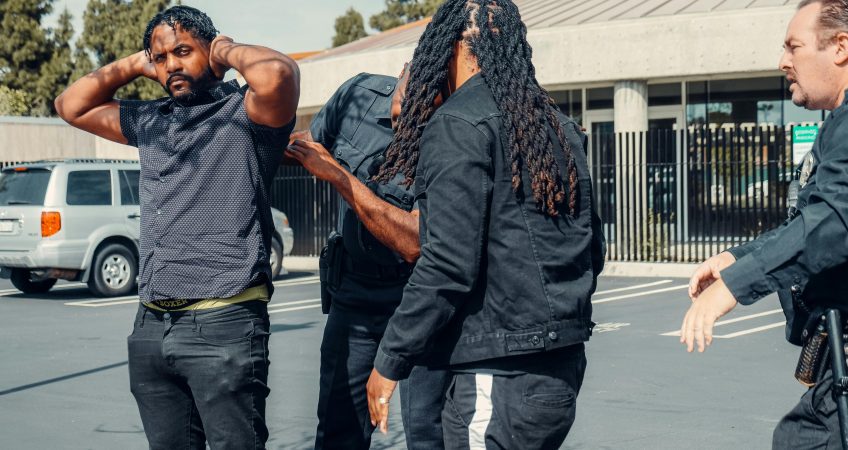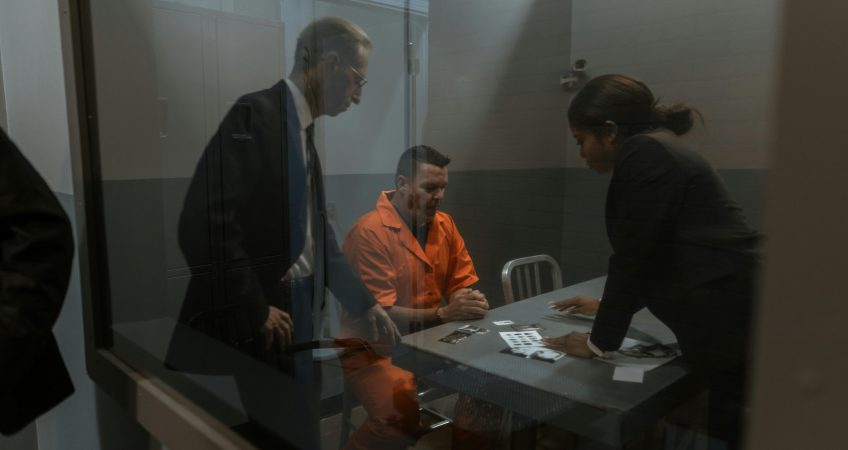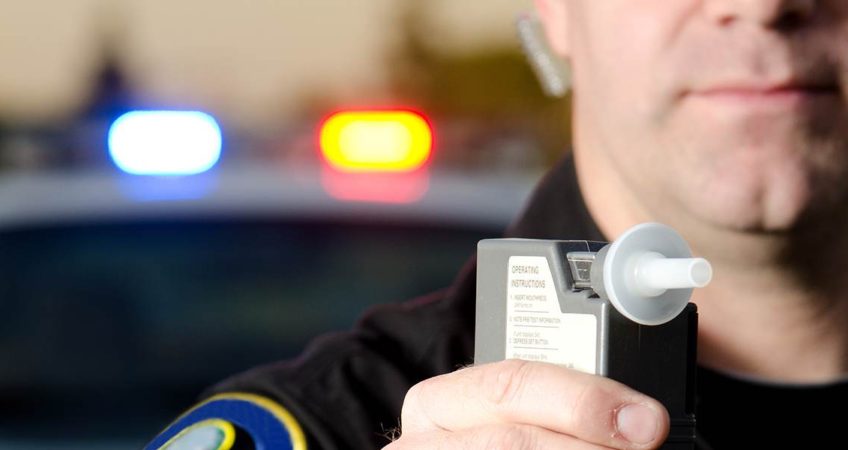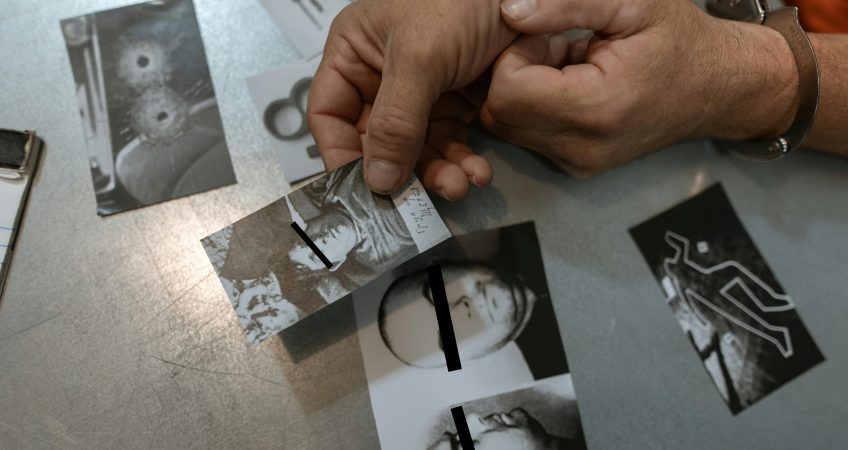California Self-Defense Laws: Top Misconceptions You Should Know
California’s self-defense laws are complex, and misunderstandings about what is legally allowed can lead to serious criminal charges. Many assume they have greater rights to use force than the law permits or misinterpret critical legal protections, such as the Castle Doctrine. Acting on these misconceptions may result in charges such as assault, manslaughter, or even murder.
To help clarify these misconceptions, we’ve outlined the most common myths surrounding self-defense in California and the realities of what the law actually upholds. By understanding these distinctions, you can protect yourself and your loved ones while staying within legal boundaries.
Misconception #1: Deadly Force Is Always Justified Against Trespassers
One of the most misunderstood aspects of California self-defense laws is the belief that deadly force is always legally justified when dealing with trespassers. Many assume that simply being on private property without permission grants homeowners the unrestricted right to use firearms or other deadly means to remove an intruder. However, California’s Castle Doctrine (Penal Code 198.5) has critical limitations that are often overlooked.
Reality: Deadly Force Is Justified Only When There Is an Immediate Threat of Death or Serious Injury
The Castle Doctrine in California provides legal protection for individuals defending themselves within their home. It allows for the use of deadly force, but only when you reasonably believe the intruder poses an imminent threat of death or serious bodily harm to you or someone else in the home. For example, if an armed individual breaks into your house at night and you fear for your life, you may be justified in using deadly force to protect yourself and others. However, deadly force cannot be used automatically against every trespasser. If the intruder is unarmed and does not pose an immediate threat—for instance, someone walking across your lawn or stealing a package from your porch—using deadly force may be deemed excessive and could lead to serious legal consequences, including charges of manslaughter or murder.
Proportionality Matters
California law requires that your response to an intruder’s actions be proportional to the level of threat posed. For example, if a person enters your yard to steal a bicycle and does not endanger anyone’s life, using a firearm or other deadly means would likely be considered disproportionate and unlawful. In these situations, non-lethal methods, such as calling law enforcement or asking the trespasser to leave, are typically the legally appropriate options.
Deadly force is legally justifiable under the Castle Doctrine only when there is a clear and present danger to your life or the lives of others inside your home. Misunderstanding this distinction can result in criminal charges and severe penalties, including prison time. It is vital to remember that the right to protect your property does not automatically include the right to use deadly force, and any excessive response could lead to prosecution.
Misconception #2: Any Physical Response Qualifies as Self-Defense
A common misunderstanding in California self-defense law is the assumption that any physical response to an attack automatically counts as self-defense. Many individuals wrongly believe that being physically assaulted entitles them to retaliate with any level of force. However, California law imposes specific limits on when and how self-defense can be lawfully claimed.
Reality: Self-Defense Requires Proportionality and Imminent Danger
Under California law, self-defense is only valid when the force used is proportional to the immediate threat of harm faced by the individual. To claim self-defense, you must have a reasonable belief that you are in imminent danger of being harmed. Furthermore, your response must be limited to what is necessary to protect yourself from that danger.
For example, if someone shoves you during a heated argument, responding by punching them or pulling out a weapon would likely be considered excessive and could result in criminal charges such as assault or battery. Courts carefully evaluate whether your use of force was reasonable and appropriate under the circumstances. If the force used exceeds what was necessary to stop the threat, a self-defense claim may be rejected.
Proportionality in Action
California law stresses the importance of proportionality when determining whether a response qualifies as self-defense. If someone attacks you with a weapon, using similar force to defend yourself may be justified. However, if the threat is minor—such as a push or verbal insult—using deadly force or any extreme physical retaliation would be disproportionate and unlawful. For instance, if someone lightly shoves you during a disagreement and you respond by pulling out a knife or striking them with a weapon, a court is likely to find that your actions far exceeded what was necessary to prevent harm. Such a response would not be protected under self-defense laws.
To claim self-defense under California law, your actions must reflect reasonable fear of imminent harm and the force used must be proportional to the threat. Acting disproportionately to a minor threat can lead to serious legal consequences, including assault or battery charges. Misunderstanding this critical principle could result in criminal liability, even if you were initially the victim.
Misconception #3: California Law Does Not Require You to Retreat
A common misunderstanding is that California has a “Stand Your Ground” law like some other states, where individuals can use deadly force in any setting without considering the possibility of retreating or de-escalating the situation. This belief often leads people to assume they can use force under any circumstances without evaluating whether retreat was a safer or more appropriate option.
Reality: No Duty to Retreat, But Force Must Be Necessary
California law does not impose a legal duty to retreat if you are faced with imminent danger. You have the right to defend yourself or others if you reasonably believe you are in immediate danger of harm. However, the absence of a duty to retreat does not give you unlimited permission to escalate the situation or use unnecessary force. Courts will closely examine whether your response was proportional to the threat and whether using force was truly the last viable option.
Public Spaces: Retreat as a Factor in Reasonableness
While California law does not require you to retreat in public, the court may still consider whether avoiding the confrontation was possible. For example, if someone threatens you in a public place and you have a clear opportunity to walk away safely, using force might be seen as excessive or unjustified. Courts could determine that your response was unnecessary because the threat could have been avoided without risk to your safety.
Conversely, if the threat is imminent and there is no realistic way to retreat safely, using reasonable force to protect yourself may be justified. The key question is whether your actions were truly necessary to prevent harm.
At Home: The Castle Doctrine
Under California’s Castle Doctrine (Penal Code 198.5), you are not required to retreat when you are inside your own home. If an intruder enters your residence and you reasonably believe they pose an immediate threat of death or serious bodily injury, you are permitted to use deadly force to protect yourself or others in the home. However, the threat must be immediate and serious—the mere presence of an intruder alone is not enough to justify deadly force.
Acting on the mistaken belief that California has unrestricted “Stand Your Ground” protections can lead to serious legal consequences. If the force used is deemed unnecessary or excessive, you could face criminal charges, such as assault with a deadly weapon, manslaughter, or even murder. While California law does not require you to retreat in the face of danger, your actions must still be necessary and proportional to the threat. Understanding the distinctions between reasonable self-defense and excessive force is critical to ensuring that your actions are legally protected.
Misconception #4: Using Deadly Force Is Legal to Protect Property
Many people mistakenly believe that California law allows the use of deadly force to protect personal property, such as cars, belongings, or even pets. This misconception can lead individuals to overreact in non-violent situations, potentially resulting in serious criminal consequences.
Reality: Deadly Force Is Only Justified to Protect Life
In California, you may use reasonable force to protect your property, but deadly force is only legally justified when there is an imminent threat to your life or the lives of others. Simply defending property is not enough to warrant the use of lethal measures, such as firearms or other deadly weapons. For example, if someone attempts to steal your car or vandalize your property, you may take non-lethal actions to stop them, such as calling law enforcement or physically intervening in a way that does not escalate the situation. However, using a firearm or any deadly force in these circumstances—where there is no immediate threat to your life—could result in criminal charges, including manslaughter, assault with a deadly weapon, or even murder.
Proportionality of Force Is Key
The force you use must be proportional to the level of danger. For instance, if someone is trying to steal a package off your porch, it would be considered an excessive response to use a gun, as there is no imminent danger to your life. California law does not allow the use of deadly force to prevent theft or property damage unless you or someone else is facing an immediate threat of serious bodily injury or death.
Exceptions Within the Home: The Castle Doctrine
If someone breaks into your home, the rules may differ. Under California’s Castle Doctrine (Penal Code 198.5), you may use deadly force if you reasonably believe the intruder poses an immediate threat to your safety or the safety of others in your home. This applies only when there is a clear and present danger to your life, not just to your possessions. For example, if someone breaks into your home in the middle of the night and appears to be threatening your life, deadly force may be justified. However, if the person is simply trying to steal a television and poses no physical threat, lethal action could still lead to legal consequences.
Acting on the mistaken belief that you can use deadly force to protect property can lead to severe criminal penalties, including loss of freedom, a criminal record, and financial liability. Courts closely evaluate whether the force used was necessary and proportional to the threat posed, and any use of excessive force may result in charges against you. Deadly force should only be used as a last resort when there is an immediate and serious threat to human life. While protecting property is important, California law emphasizes the use of reasonable force in these situations. Understanding these legal limits can help you avoid unnecessary criminal liability.
Misconception #5: Self-Defense Is Always Valid, Even If You Started the Fight
One of the most common misunderstandings about self-defense is the belief that it can be claimed even if you were the one who initiated the conflict. Many assume that starting an altercation does not disqualify them from later invoking self-defense, but California law places clear limits on this defense.
Reality: Self-Defense Is Not Available to the Initial Aggressor
If you were the initial aggressor—meaning you started the physical altercation or used force first—you generally cannot claim self-defense under California law. Self-defense is designed to protect individuals who act to safeguard themselves from unprovoked threats, not those who create the danger. For example, if you throw the first punch in a confrontation, you typically cannot later argue that you acted in self-defense.
Exception: Regaining the Right to Self-Defense
There is an important exception to this rule. If you initiated the conflict but then made a clear attempt to withdraw or de-escalate the situation, and the other person continued to attack you, you may regain the right to claim self-defense. In such cases, the law recognizes that you no longer pose a threat and have taken steps to stop the violence, making your subsequent actions defensive rather than aggressive.
For instance, if you push someone during an argument but then step back and attempt to walk away, only to have the other person escalate the conflict by attacking you, you could potentially claim self-defense. However, the courts will closely scrutinize the circumstances to ensure that you made a genuine effort to retreat or stop the altercation before resorting to further force.
Burden of Proof
Proving that you withdrew from the confrontation can be challenging. You will need to show evidence—such as eyewitness accounts, video footage, or other supporting details—that you attempted to end the conflict before acting defensively. Without such evidence, your claim of self-defense may be rejected. Self-defense is not an automatic right for individuals who initiate a conflict. While exceptions exist, the burden of proving a valid claim falls on you. If you find yourself in a situation where this defense may apply, it is crucial to consult with an experienced criminal defense attorney to evaluate your case and present a compelling argument in your favor.
Successful Outcomes: How We’ve Helped Clients Win Self-Defense Cases
Attempted Murder Charges Dismissed
In Los Angeles, our client faced attempted murder charges under Penal Code 664-187(A) following an incident where they claimed self-defense. Although the court initially raised concerns about the proportionality of force, Attorney Hashemi filed a successful PC 995 motion challenging the charges. After extensive arguments and evidence review, the court concluded that our client acted in self-defense, leading to the dismissal of all charges.
Robbery, Assault, Extortion, and Criminal Threats Charges Dismissed
In Riverside, our client was charged with multiple serious offenses, including robbery (PC 211), assault with a gun (PC 245(a)), extortion (PC 524), and criminal threats (PC 422), along with enhancements. Facing a potential 15-year sentence, Attorney Hashemi conducted a year-long investigation, establishing that the client’s actions were justified under self-defense laws. The District Attorney reviewed the evidence and dismissed all charges, clearing our client completely.
Felony Battery with Serious Bodily Injury Charge Dismissed
In another Los Angeles case, our client was charged with felony battery under Penal Code 243(d), carrying a possible four-year prison sentence. At the preliminary hearing, Attorney Hashemi presented evidence that the client acted in self-defense or in defense of another. The court agreed, dismissing the charge and exonerating our client of any wrongdoing.
How California Courts Evaluate Self-Defense Claims
When asserting self-defense in California, courts thoroughly examine whether the use of force was legally justified based on the unique facts of the case. Several key factors guide the court’s assessment:
- Immediacy of the Threat: The threat must be immediate and unavoidable. Courts will consider whether the individual reasonably believed they were in imminent danger of serious harm or death. A hypothetical or future danger is insufficient.
- Proportionality of Force: The force used must match the level of the threat. For instance, using deadly force in response to a non-deadly threat is likely to be deemed excessive and unjustified.
- Role in the Confrontation: Courts will analyze whether the individual provoked or escalated the conflict. If someone initiated the confrontation, their ability to claim self-defense may be significantly limited unless they clearly attempted to withdraw.
If the court finds that the use of force was unreasonable or excessive, the self-defense claim may be rejected. This could result in serious criminal charges such as assault, manslaughter, or even murder. California law requires that actions taken in self-defense be reasonable under the circumstances and directly tied to preventing the perceived threat.
Defending Your Right to Self-Defense in Los Angeles
 If you’ve been involved in a self-defense incident in California, understanding your legal rights is crucial. Misconceptions about self-defense laws can lead to serious criminal charges, including assault or even homicide. At The Law Offices of Arash Hashemi, we bring over 20 years of experience in defending clients involved in self-defense cases. Attorney Hashemi is dedicated to providing personalized legal strategies to protect your rights and achieve the best possible outcome for your case.
If you’ve been involved in a self-defense incident in California, understanding your legal rights is crucial. Misconceptions about self-defense laws can lead to serious criminal charges, including assault or even homicide. At The Law Offices of Arash Hashemi, we bring over 20 years of experience in defending clients involved in self-defense cases. Attorney Hashemi is dedicated to providing personalized legal strategies to protect your rights and achieve the best possible outcome for your case.
Schedule Your Consultation Today
📞 Phone: (310) 448-1529
📅 Schedule Your Free 15-Minute Consultation: Conveniently book online through our secure system.
📧 Email: Contact@hashemilaw.com
🏢 Address: 11845 W Olympic Blvd #520, Los Angeles, CA 90064
⏰ Office Hours: Monday to Friday, 8:30 AM – 5:00 PM, with flexible scheduling, including weekend appointments.
Disclaimer: The content provided here is for informational purposes only and does not constitute legal advice. It is not intended to predict outcomes, as individual circumstances vary and laws may change over time. Those seeking legal advice should consult with a qualified attorney to understand how current laws apply to their specific situation. For detailed legal guidance on the topics discussed, please contact our law firm directly.

